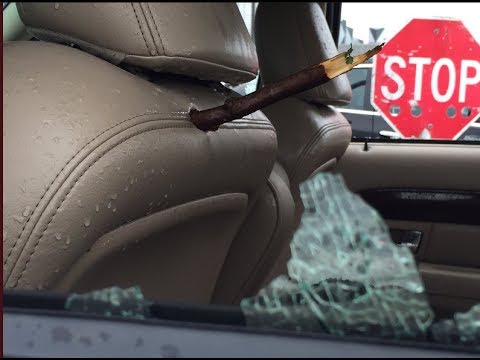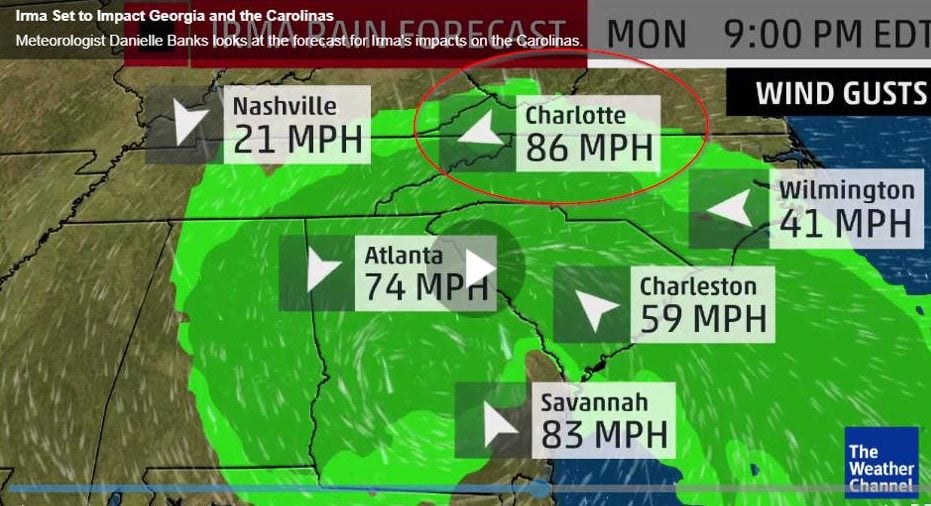What to do Before, During, and After High Winds

Photo Credit: Spectrum News BUFFALO, NY
As Hurricane Irma approaches Florida, tropical storm conditions have been foretasted for the Carolinas early next week. While heavy rain and storm surges are primary effects of these weather events, homeowners must also prepare for the strong winds that can also cause significant damage.
The National Weather Service posted the following information to educate people in the storm’s path about what to do before, during and after a high wind event.
Before a High Wind Event
- Trim tree branches away from your house and powerlines.
- Secure loose gutters and shutters.
- Identify an interior room of your house, such as a basement or interior bathroom, that you can take shelter in during high wind warnings.
- If you live in a mobile home, identify a sturdy building you can go to if NWS issues a high wind or severe thunderstorm warning.
- Update your emergency kit and be sure to include enough food and water to last for 3 days for each person in your home.
- Make a list of items outside your home you will need to tie down or put away so that they don’t blow away or fly through a window. When NWS issues a high wind or severe thunderstorm watch, immediately secure these items to avoid damage or injury once the wind starts picking up.
During a High Wind Event
Take Shelter
- Immediately go inside a sturdy building during a high wind warning or severe thunderstorm warning and move to an interior room or basement.
- If you are in a mobile home, move to a sturdy building before the winds pick up or the storm system reaches your location.
- Listen to the local news or NOAA Weather Radio for updates.
If Caught Outside or Driving
- Take shelter in your car if you are not near a sturdy building. If possible, drive to a nearby sturdy building. Otherwise, move your car to a location where it is less likely to be hit by falling trees or powerlines.
- If no shelter is available avoid trees, power lines, and the side of the road. Keep in mind that power lines that are laying on the ground may be live. Do not go near them! Try to find a place that will block blowing or falling debris.
- If you are driving and aren’t near a sturdy building, hold the steering wheel with both hands and slow down.
- Keep a distance from high profile vehicles such as trucks, buses and vehicles towing trailers. One strong gust of wind can be enough to flip one of these trailers onto its side.
After a High Wind Event
- Do not go near downed power lines. Report downed power lines to the police.
- Continue to listen to the local news and NOAA Weather Radio for updates following the storm.
- If you lose power and are using a generator, be sure to review generator safety tips.
- Be careful when handling debris that may have blown into your yard.






